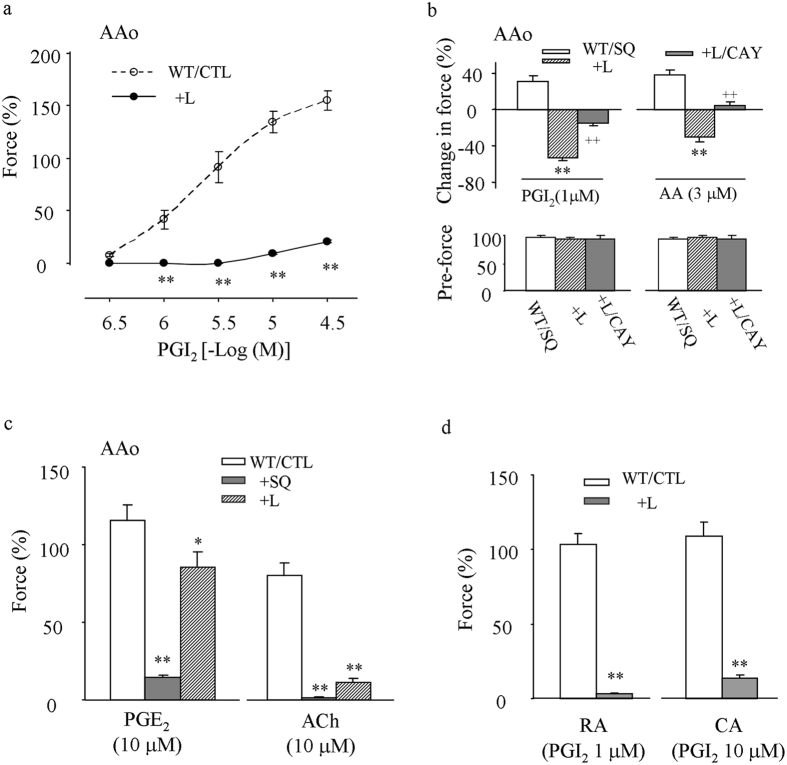Figure 6. Effects of EP3 antagonism on vasoconstrictor responses in L-NAME-treated WT vessels.
(a) control (CTL) responses evoked by PGI2 under baseline conditions in the abdominal aorta (AAo), and that obtained with the EP3 antagonist L798106 (1 μM; +L) (b) responses (top) to PGI2 (1 μM) or AA (3 μM) and forces of PE-evoked contractions (pre-force; bottom) in pre-contracted AAo treated with the TP antagonist SQ29548 (10 μM; WT/SQ) or those additionally with L798106 (1 μM; +SQ/L) or both L789106 and the IP antagonist CAY10441 (1 μM; +SQ/L/CAY). **or ++P < 0.01 vs. WT/SQ or +SQ/L, respectively. (c) effect of L789106 (1 μM; +L) or SQ29548 (10 μM; +SQ) on the contraction to PGE2 (10 μM; PGE2) or ACh (10 μM) in AAo. (d) effect of L789106 (1 μM; +L) on contraction to 1 or 10 μM PGI2 in carotid (CA) and renal arteries (CA), respectively. In (a,c and d) *P < 0.05, and **P < 0.01 vs. WT control (WT/CTL). Data are expressed as mean ± SEM (n = 5 for each).

